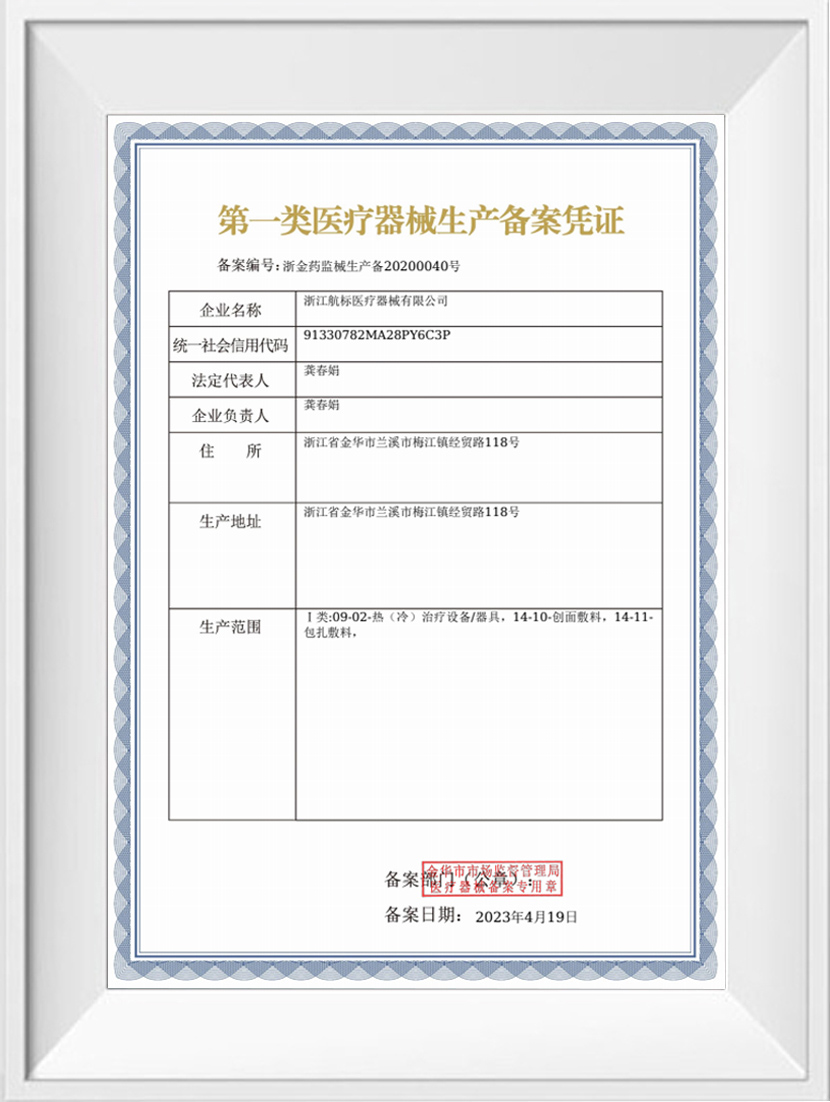When consumers evaluate the effectiveness of wrinkle-reducing patches, they often wonder whether wearing them longer or using them more frequently will deliver good results. For an Anti Wrinkle Patch Factory, this question is central to both product development and consumer education. The recommended duration and frequency of use are determined through careful research, as both overuse and underuse can influence outcomes. If a patch is not worn long enough, active ingredients may not fully penetrate the skin, or mechanical smoothing effects may not take place. On the other hand, excessive usage can cause diminished comfort, skin irritation, or reduced long-term adherence to a skincare routine. Understanding the delicate balance between these factors is key to optimizing both the product’s benefits and the user’s satisfaction.

The Science of Duration in Skincare Patches
Duration refers to how long an individual patch is worn during a single application. Most wrinkle patches are designed for use over several hours, often overnight, to improve contact with the skin. The extended wear time allows ingredients such as peptides, hyaluronic acid, or moisturizing compounds to gradually absorb. It also enables the patch to provide a smoothing effect by physically restricting facial movements in targeted areas. However, beyond a certain number of hours, there may be diminishing returns. Adhesives can weaken, and the patch may lose its effectiveness. Manufacturers therefore recommend a suitable wear period, ensuring that users do not overextend use.
Frequency and Its Role in Visible Results
Frequency refers to how often a user applies patches within a week or a month. Consistency is critical in skincare; occasional use may not provide lasting results, while regular application supports cumulative improvements. Anti-wrinkle patches generally require repeated use over several weeks to produce visible differences in skin smoothness and hydration. However, excessive daily use may not always enhance results further and could even contribute to skin sensitivity. Factories and dermatologists typically advise a balanced routine, such as using patches several times per week, to achieve steady progress without stressing the skin.
Individual Skin Variability and Responsiveness
Not all users respond to skincare patches in the same way, and the effects of duration and frequency vary depending on individual skin conditions. Factors such as age, hydration levels, and skin elasticity influence how quickly and effectively results appear. Some users may notice benefits with minimal application, while others may require longer or more frequent use to see visible changes. This variability underscores the importance of product testing across diverse skin types during development, allowing manufacturers to issue guidelines that accommodate a wide consumer base.
The Role of Controlled Testing in Defining Guidelines
To establish reliable usage recommendations, factories conduct controlled studies that compare different durations and frequencies of use. Adhesion strength, ingredient absorption, and skin comfort are measured across multiple trials. Feedback from participants helps determine whether extended use delivers better outcomes or whether shorter but regular applications are more effective. These trials also identify potential risks of overuse, such as temporary redness, dryness, or irritation. The data collected ensures that usage guidelines are based on evidence rather than speculation, allowing consumers to adopt routines that are both safe and effective.
Balancing Efficacy with Lifestyle Convenience
While suitable results may require specific usage patterns, convenience plays a major role in whether consumers follow through with recommendations. If a product demands excessively long wear times or very frequent application, users may abandon it. Therefore, manufacturers aim to balance efficacy with practicality, ensuring that patches can fit naturally into daily or nightly routines. Offering flexible options—such as overnight patches for intensive care and shorter-wear patches for quick use—can accommodate different lifestyles while maintaining effectiveness.



